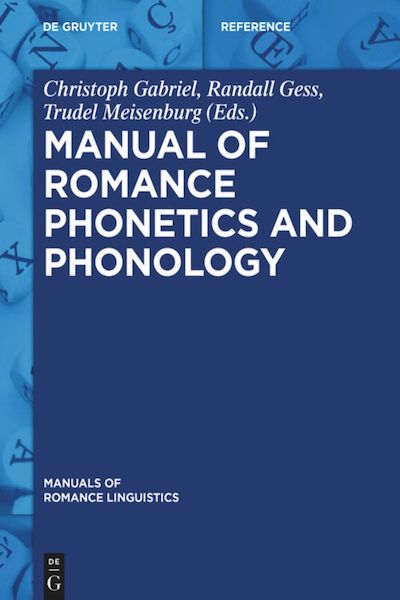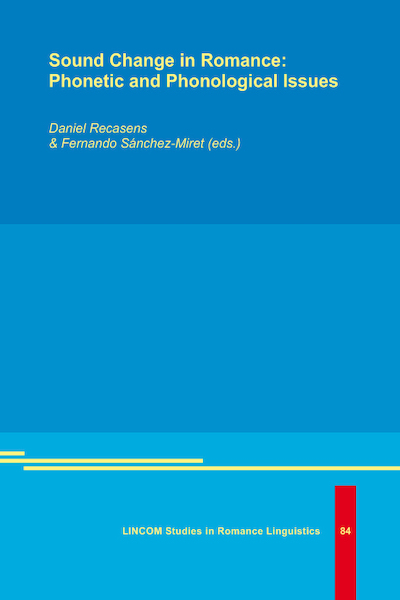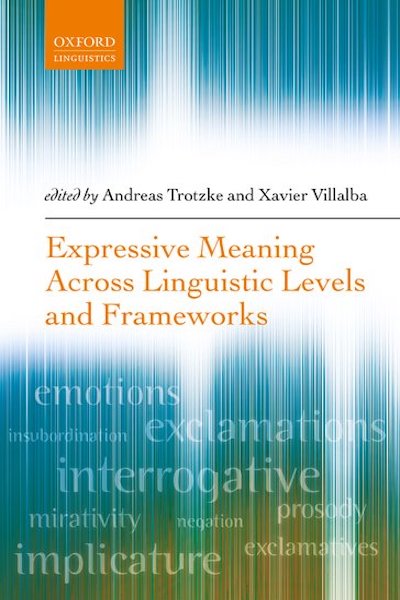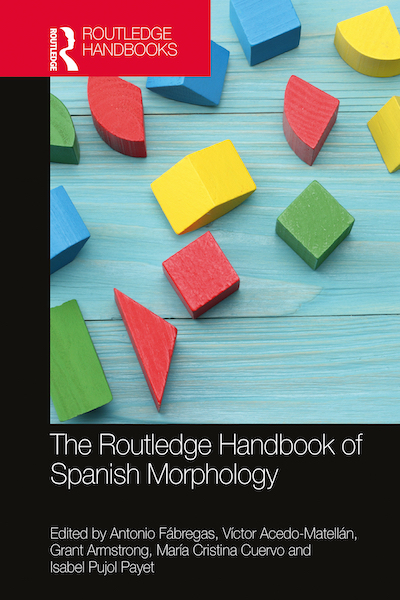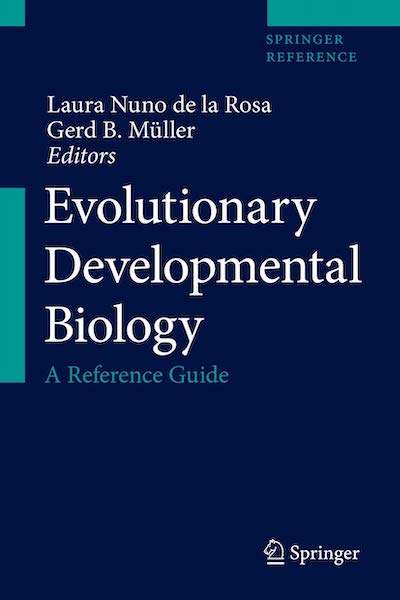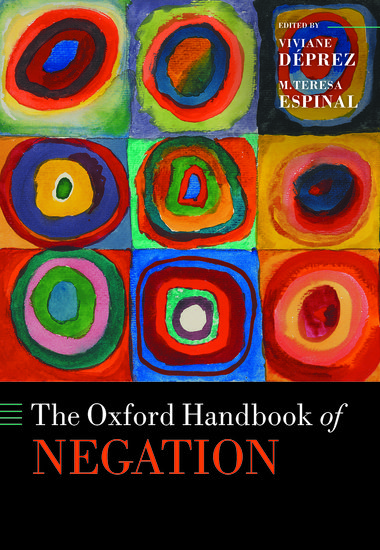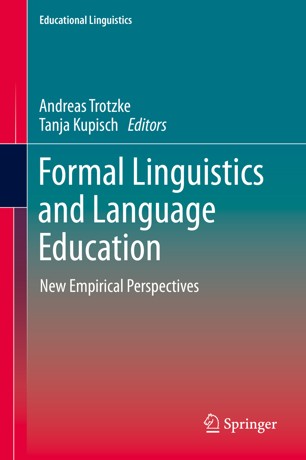
Autors:
Joan Mascaró & Francesc Torres-TamaritTítol:
Stress-dependent harmony in Asturian and harmony in situEditorial: Language, Linguistic Society of America
Data de publicació: Desembre del 2022
Pàgines: 33
Més informació
In many cases of stress-dependent harmony the trigger is associated with a morpheme. We examine two instances of morphemic harmony where the triggering morpheme is mixed, that is, it consists of segmental material and floating features. The floating features cause stepwise raising of the stressed vowel, /a/ → [e], and /e/ → [i], /o/ → [u]. We examine in particular Felechosa Asturian, where the triggering masculine singular count morpheme usually has the exponent /-o/ and the floating features [+high] and [−low]. When the stressed vowel is mid, /-o/ raises it to high (/neɡɾ-o/ → [ˈniɣɾ-o]). When the stressed vowel is /a/, the suffix raises this vowel to [e] as predicted, but at the same time the triggering morph /-o/ raises to [u] (/blank-o/ → [ˈbleŋk-u]). This phenomenon, which we call harmony in situ, derives from the fact that, because raising is stepwise, one of the floating features cannot link to the stressed vowel, and thus it has to be realized on the trigger itself. Felechosa Asturian is compared to Ḷḷena Asturian, which does not present harmony in situ, and an optimality-theoretic analysis is provided.


